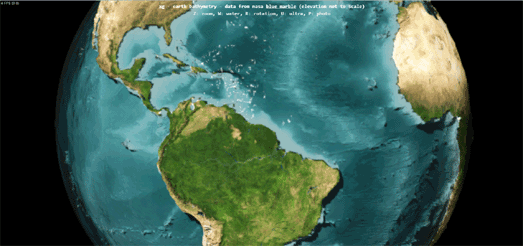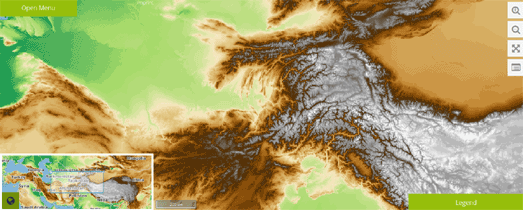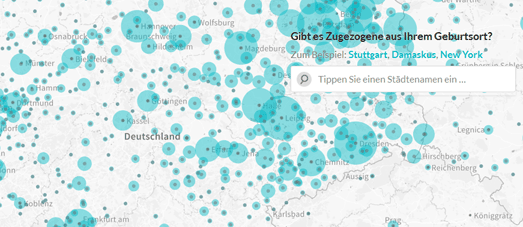Сообщения
Сообщения за январь, 2016
Maps of the Week
- Получить ссылку
- X
- Электронная почта
- Другие приложения
Transcribing Tithe Maps
- Получить ссылку
- X
- Электронная почта
- Другие приложения
The Washing Machine Capital of the World
- Получить ссылку
- X
- Электронная почта
- Другие приложения
Mapping Boston Bus Speed
- Получить ссылку
- X
- Электронная почта
- Другие приложения
Explore the World from Above
- Получить ссылку
- X
- Электронная почта
- Другие приложения
Mapping the Zika Virus
- Получить ссылку
- X
- Электронная почта
- Другие приложения
The Belarus History Map
- Получить ссылку
- X
- Электронная почта
- Другие приложения
Mapping Culture Under Threat
- Получить ссылку
- X
- Электронная почта
- Другие приложения
Mapping Creationism in Schools
- Получить ссылку
- X
- Электронная почта
- Другие приложения
Mapping the Ice Age
- Получить ссылку
- X
- Электронная почта
- Другие приложения
Noisy New York
- Получить ссылку
- X
- Электронная почта
- Другие приложения
Migrant Routes in Europe & South East Asia
- Получить ссылку
- X
- Электронная почта
- Другие приложения
A World Without Water
- Получить ссылку
- X
- Электронная почта
- Другие приложения
What a Relief
- Получить ссылку
- X
- Электронная почта
- Другие приложения
The Glittering Red, White & Blue
- Получить ссылку
- X
- Электронная почта
- Другие приложения
The Top 10,000 Academic Texts
- Получить ссылку
- X
- Электронная почта
- Другие приложения
Vision Zero Boston
- Получить ссылку
- X
- Электронная почта
- Другие приложения
Ich Bin Kein Berliner
- Получить ссылку
- X
- Электронная почта
- Другие приложения
Maps of the Week
- Получить ссылку
- X
- Электронная почта
- Другие приложения
Snow Plow Maps
- Получить ссылку
- X
- Электронная почта
- Другие приложения
Snow Totals on the Map
- Получить ссылку
- X
- Электронная почта
- Другие приложения
The London Building Heights Map
- Получить ссылку
- X
- Электронная почта
- Другие приложения
Here Comes the Snow
- Получить ссылку
- X
- Электронная почта
- Другие приложения
Mapping Missing Airplanes
- Получить ссылку
- X
- Электронная почта
- Другие приложения
India Night Lights
- Получить ссылку
- X
- Электронная почта
- Другие приложения
How to Make a Hexagonal WarGames Map
- Получить ссылку
- X
- Электронная почта
- Другие приложения
Where Can I Fly?
- Получить ссылку
- X
- Электронная почта
- Другие приложения
Climb Mont Blanc on Street View
- Получить ссылку
- X
- Электронная почта
- Другие приложения
The Curious Case of Typhoid Mary
- Получить ссылку
- X
- Электронная почта
- Другие приложения
Submarine Cable Maps
- Получить ссылку
- X
- Электронная почта
- Другие приложения
The History of New York's Grid Map
- Получить ссылку
- X
- Электронная почта
- Другие приложения
Mapping the Metro & Grand Paris Express
- Получить ссылку
- X
- Электронная почта
- Другие приложения
The Easter Rising Street View Tour
- Получить ссылку
- X
- Электронная почта
- Другие приложения
Ebola & Chocolate are Monkey Killers
- Получить ссылку
- X
- Электронная почта
- Другие приложения
Mapping New York's Greenhouse Emissions
- Получить ссылку
- X
- Электронная почта
- Другие приложения

































